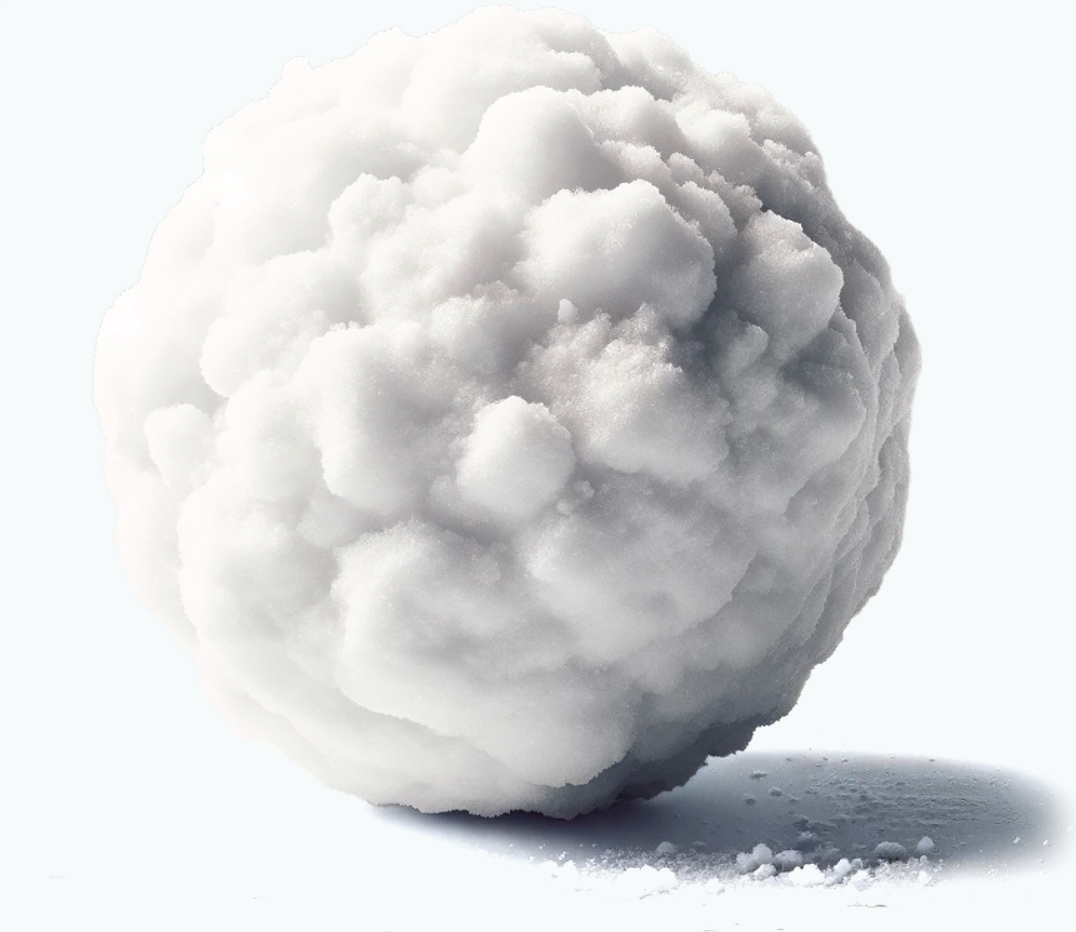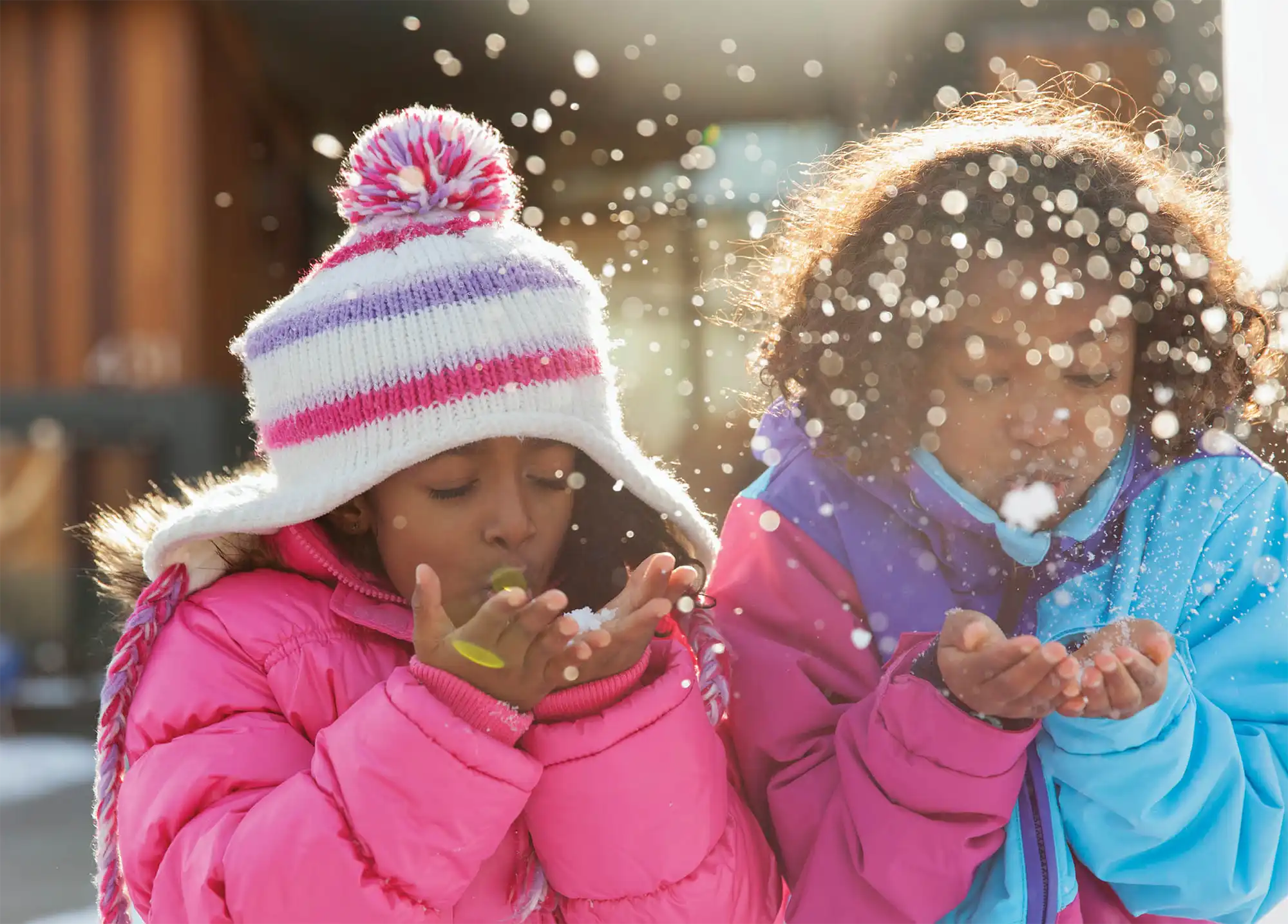

with
Trish Corlew
Ice is seemingly simple when it’s just hanging out in our freezer. However, cold weather and ice outside is magical for kids, and it can naturally prompt their curiosity about weather, temperature, and even states of matter! Lean into that natural curiosity on cold days and try some fun experiments involving ice, like: how to create instant ice, experimenting with rates of freezing, or what happens when you mix ice and salt?
2. Become a Winter Naturalist
Homeschooling parents know how a walk outside can be a powerful reset on rough homeschool days. If your learners are tired of being cooped up in the cold weather, bundle up and go out to explore it! Winter may have transformed your yard into a completely new place. Your learners can take a nature walk, write in a nature journal, or try blowing bubbles in the frigid air!
One of the most natural things to enjoy doing inside, especially when it’s cold outside, is whipping up something cozy in a warm kitchen. From hot soup (or giftable soup in a jar) to the perfect cup of hot chocolate, or batch of cookies to homemade elderberry syrup, there are many wintry culinary experiments you can try with your kids. Remember, cooking isn’t only a hands-on art; it’s also science and math!
4. Learn about Snowflakes with STEAM
Snowflakes provide some awesome opportunities to delve into STEAM subjects. You could learn more about snowflakes with a variety of simple science experiments or conduct an experiment with pipe cleaners and Borax to watch crystals form before your eyes!
In times gone by, people would huddle inside all winter and entertain themselves with songs and stories. The winter season is still a great time to tell stories, so it is also a perfect time to hone some creative and descriptive writing skills! Use the natural prompts of the season by challenging your young writer to write a story set in deep winter and/or to practice describing winter using all five senses!
6. Wintry Art Projects
Most kids love art, and creating artwork can foster all kinds of other learning skills as well. For a wintry art project, kids can learn symmetry (and other math-y concepts) by cutting out snowflakes, painting them, or even building them with popsicle sticks or pipe cleaners. You could also try your hand as a family at painting a wintry scene with watercolors or sculpting a snowman out of clay.

There is nothing better than cozying up with your kiddos and a good book, especially when it’s cold outside. Plus, there are so many wonderful, and educational, books with a cold weather or winter setting to enjoy. Picture books or chapter books set in winter can be especially memorable when they reflect the real weather outside! You could incorporate some classic holiday reads, too.
8. Share Winter (and Holiday) Life Skills
Most of us find that the wintry months overlap with a busy and festive holiday season of company, cooking, cleaning, and giving. Involving your kids in these activities is a great way to make memories, share valuable life skills, and get some help! Take a breath, grab some patience and a little cocoa, and enlist your kids’ help in list-making, budgeting, serving, baking, and DIY gifting! They’ll love it, and over time (if not initially), it’ll be a blessing to you, too.

Are you lucky enough to live somewhere where you get real snow throughout the winter months (not just the Hallmark movie kind, like those of us down South?) If so, what a perfect opportunity to learn through investigating snow! There are plenty of simple, exciting science experiments that you can do with your kids to learn more about snow and its properties.
10. Make Your Own Snow
Don’t have snow? That’s okay, because making your own snow is an option… and it’s an educational one, too! A few household ingredients like baking soda and dish soap, plus a little simple science, can produce some cool, fake snow that your kids will love. They may even want to try making a snowman with it! Or, take the science farther by making this melting snowman!

